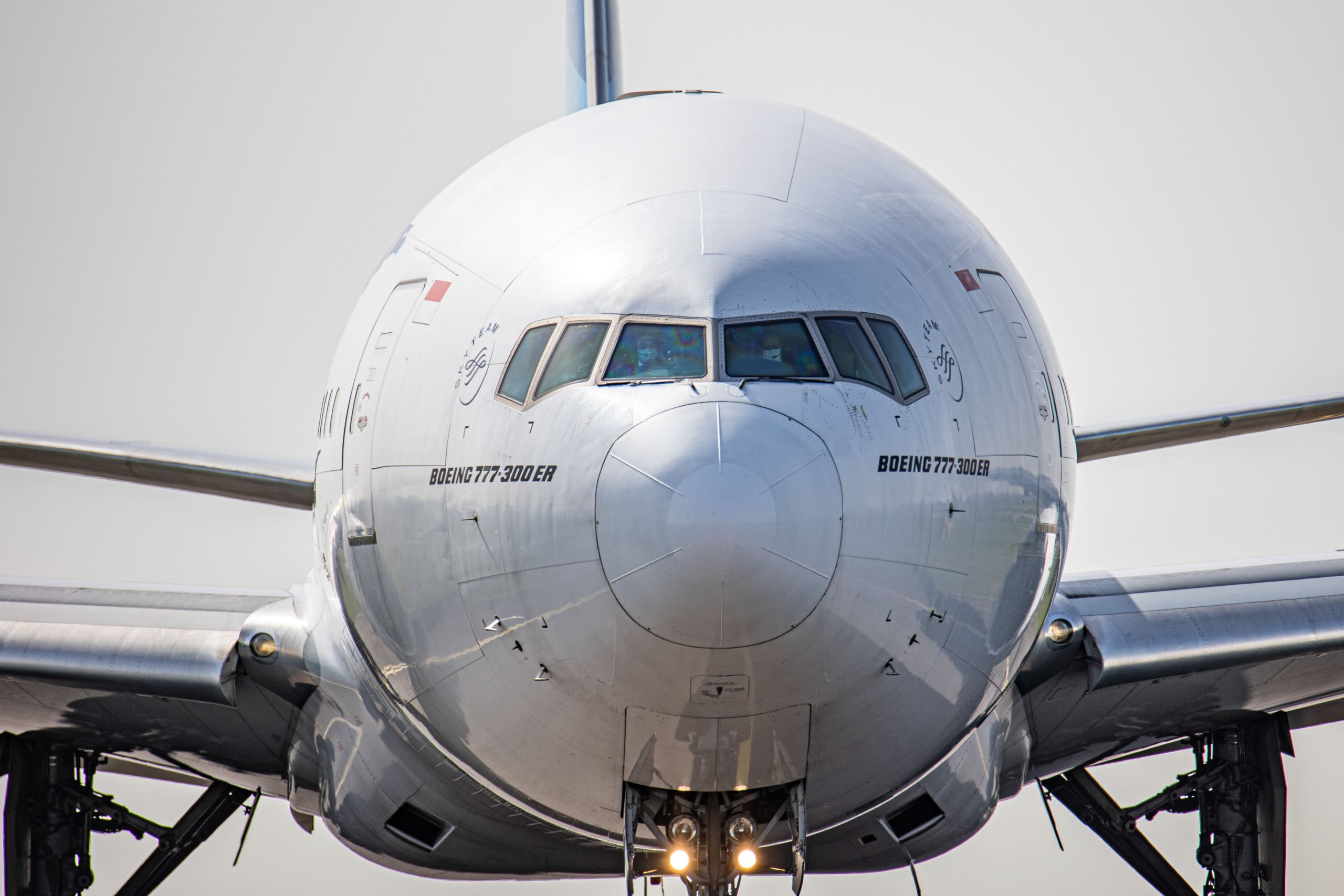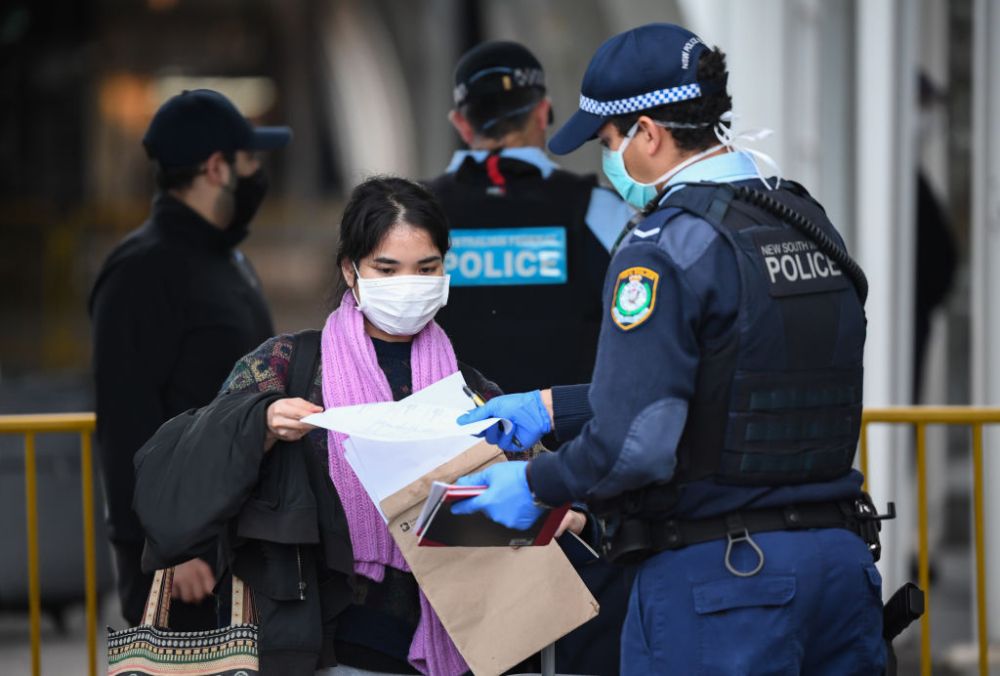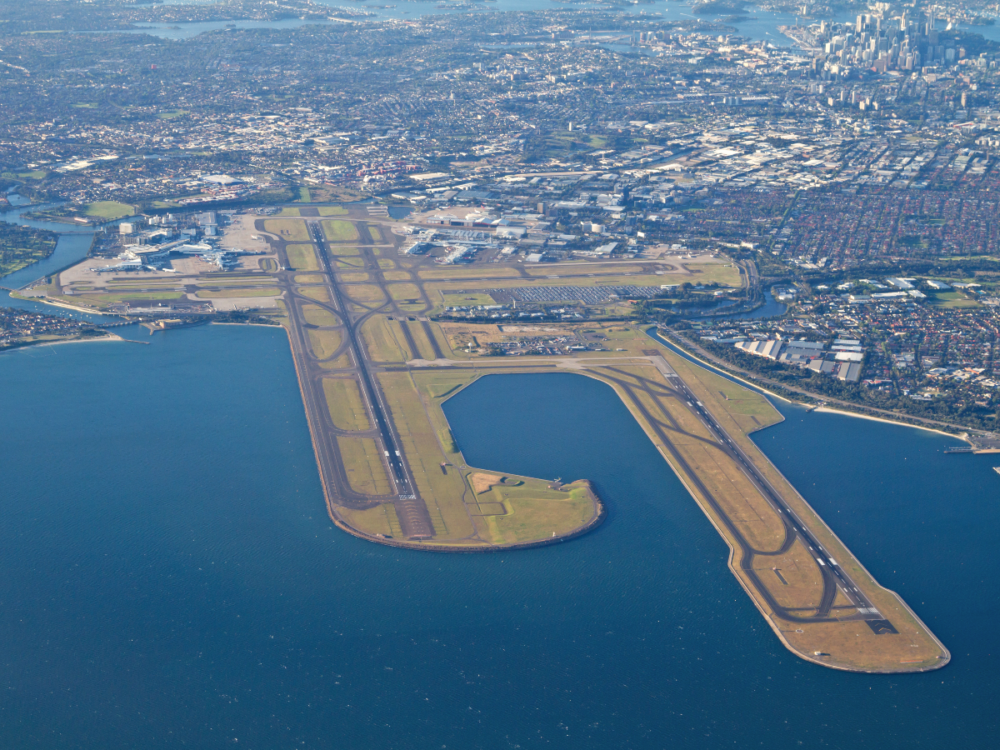Australia's most populous state, New South Wales (NSW), is halving the number of international passenger arrivals it will accept each week. To date, NSW has done the heavy lifting when it comes to handling arrivals, but 1000+ plus fresh COVID-19 infections each day have NSW health authorities and politicians on the run.
Sydney now down to 750 international passenger arrivals a week
For over 12 months, NSW has been accepting around 3,000 passenger arrivals a week, mostly returning Australians. Last month, authorities cut that to 1,500 people. On Tuesday, the NSW Government halved that again to 750 weekly arrivals.
The outcome is further cuts to the already small number of passengers airlines can fly into Sydney. It will put further upward pressure on airfares and make it even harder to get into Australia.
While the Canberra-based Australian Federal Government controls international borders, health resources are controlled by individual Australian states. Australia imposes a mandatory 14-day hotel quarantine on all inbound passengers. But Quarantine management, like health, is a responsibility of the individual states.
NSW recorded 1,164 new local COVID cases on Tuesday. The NSW Government wants to take resources away from hotel quarantine and direct them to managing the burgeoning local cases. On the bright side, over 37% of the NSW adult population is now fully vaccinated. NSW expects to have 70% of its adult population fully vaccinated in two months.
But how willing and able each state is to manage the quarantine process and health challenges determines the number of inbound passengers they accept.
Flights down to bringing in just a handful of passengers
Currently, Victoria and Queensland quarantine 500 passengers each week. South Australia and Western Australia take just 265 passengers each week. The upshot is, from next week, Australia is down to accepting 2,280 inbound international passengers each week - or around five full Singapore Airlines A380s.
"We’re doing half of our current international arrivals," said NSW Premier Gladys Berejiklian on Tuesday. "We’re hoping to pick that back up once we get to those high rates of vaccinations."
Qantas repatriation flights operate outside this regime, flying returning passengers directly to a special quarantine facility outside Darwin.
Sydney Airport has 13 international arrivals listed for Wednesday, September 1. That includes flights operated by Japan Airlines, Qatar Airways, Delta Air Lines, American Airlines, United Airlines, Korean Air, LATAM, China Eastern Airlines, Garuda Indonesia, Singapore Airlines, Aircalin, Thai Airways, China Airlines, and Etihad.
Numbers do vary, but each flight into Sydney has been averaging around two dozen passengers. However, this isn't a hard and fast rule. Local authorities had told American Airlines to operate some empty flights into Sydney over August and September. Consequently, that airline is about to suspend its Sydney flights.
Notably absent on Wednesday's arrivals board are normally dominant local airlines Qantas and Air New Zealand.
Stay informed: Sign up for our daily and weekly aviation news digests.
Self-isolation at home is a possible solution to stretched resources
Barry Abrams, boss of local airline lobby group Board of Airline Representatives of Australia (BARA), told The Australian Financial Review the further cuts would cause further grief for airlines and passengers.
"Halving the already very small numbers into Sydney, down to about 107 passengers per day, does not mean anything in terms of the financial viability of flights. It will, however, cause stress and grief for passengers who are now going to get bumped."
Abrams called for NSW to allow home self-isolation when available. That would free up resources dedicated to their hotel quarantine management. Those resources could be redeployed to accommodate inbound passengers who don't have homes in NSW. The outcome would be to increase the number of people allowed to land at what is normally Australia's busiest airport.
In 2019, Sydney Airport handled 16,890,441 international passengers - or an average of about 325,000 passengers each week. The passenger numbers are now a long way short of 2019 levels. Eighteen months after the travel downturn began, international passenger movements at Sydney continue to go backwards.



